Samdae Naju Gomtang - Myeongdong Branch (삼대나주곰탕 명동)
1.6Km 2021-03-19
29, Myeongdong9-gil, Jung-gu, Seoul
+82-2-318-0879
This is a Korean cuisine located in Myeong-dong, Seoul. The representative menu is beef bone soup. A restaurant selling Korean-style healthy broth-based dishes.
Travelodge Myeongdong City Hall (트레블로지 명동 시티홀)
1.6Km 2021-06-25
22, Sejong-daero 16-gil, Jung-gu, Seoul
+82-2-6362-6000
Travelodge Myeongdong City Hall provides excellent and efficient customer services as well as convenient amenities for the comfort of all their guests. The hotel is only 3 minutes’ walk away from City Hall Station, and its location benefits both tourists and business travelers alike as it offers various transportation options with Seoul's popular tourist attractions in the vicinity, such as Deoksugung Palace and Namdaemun Market. The hotel features a sauna session and spa services to relieve stress and put one's body and mind at ease after a busy day of traveling.
Omokjip Cityhall(오목집 시청)
1.6Km 2020-10-30
38, Namdaemun-ro, 1-gil, Jung-gu, Seoul
+82-2-3789-6882
A pig's trotter(s) specialty restaurant located near City Hall Station in Seoul. This restaurant's signature menu is braised pigs'' feet. Jokbal (pig's trotter) is a representative food loved by Koreans.
Gyodae Icheungjip Sicheong (교대이층집 시청)
1.6Km 2020-10-30
2F, 38, Namdaemun-ro, 1-gil, Jung-gu, Seoul
+82-2-318-6882
A barbecue specialty restaurant located near City Hall Station in Seoul. A store famous for flower-shaped pork belly. The most famous menu is grilled pork belly.
Metro Hotel (메트로호텔)
1.6Km 2021-05-11
14, Myeongdong 9ga-gil, Jung-gu, Seoul
+82-2-752-1112
Metro Hotel is located in the heart of Seoul situated in the middle of Myeongdong. The hotel has a title of being the first tourist hotel in Korea and boasts over 50 years of tradition.
Uesto (우에스토)
1.6Km 2021-08-23
14, Myeongdong 9ga-gil, Jung-gu, Seoul
+82-2-319-0033
It is a restaurant frequented by office workers in Myeong-dong. This Korean dishes restaurant is located in Jung-gu, Seoul. The representative menu is katsudon.
LOTTE Department Store - Myeongdong Main Store (롯데백화점 (본점))
1.6Km 2024-05-17
81, Namdaemun-ro, Jung-gu, Seoul
+82-2-2200-0111
LOTTE Main store is the original branch of LOTTE Department Store, situated in the heart of Korea's bustling tourism hub, Myeong-dong. Shoppers can enjoy their time in the premium life-style shopping place with Luxury & Trendy brands.
Ilbeonji Yang Daechang Myeongdong Branch (일번지양대창 명동)
1.6Km 2024-03-15
2F, 33 Myeongdong 9-gil, Jung-gu, Seoul
+82-2-773-3150
Ilbeonji Yang Daechang is a specialty restaurant for grilled beef or pork small intestines located on Myeongdong Street. Its main menu features various intestines of beef or pork, including large and small intestines, grilled in the Korean barbecue style. Additionally, they offer options like grilled beef and pork galbi, as well as small intestine hot pot.
Minsokchon (민속촌)
1.6Km 2021-08-06
33, Myeongdong, 9-gil, Jung-gu, Seoul
+82-2-779-8371
A place where you can try various Korean dishes. This restaurant's signature menu is grilled strip loin. This Korean dishes restaurant is located in Jung-gu, Seoul.
Samseong Bbalgan Yangnyeom Sutbulgui (삼성 빨간양념 숯불구이)
1.6Km 2020-06-16
37, Namdaemun-ro 1-gil, Jung-gu, Seoul
+82-2-752-6449
Samseong Bbalgan Yangnyeomg has been famous for its charcoal-grilled dishes since 1972, and is especially well known for its spicy seasoning made from powdered red pepper, garlic, and ginger. Pork is mixed with the seasoning, giving it the characteristic red color and unique flavor, and then grilled over hot coals. This is the perfect restaurant for spicy food-lovers or those looking for a challenge.
Other dishes include jumulleok (marinated pork) and donggeurangttaeng (batter-fried meatballs). Jumulleok is made by seasoning fresh meat, whereas donggeurangttaeng is made by cutting the frozen meat into small pieces, and then marinating it. Older adults usually prefer jumulleok, while the young prefer donggeurangttaeng.

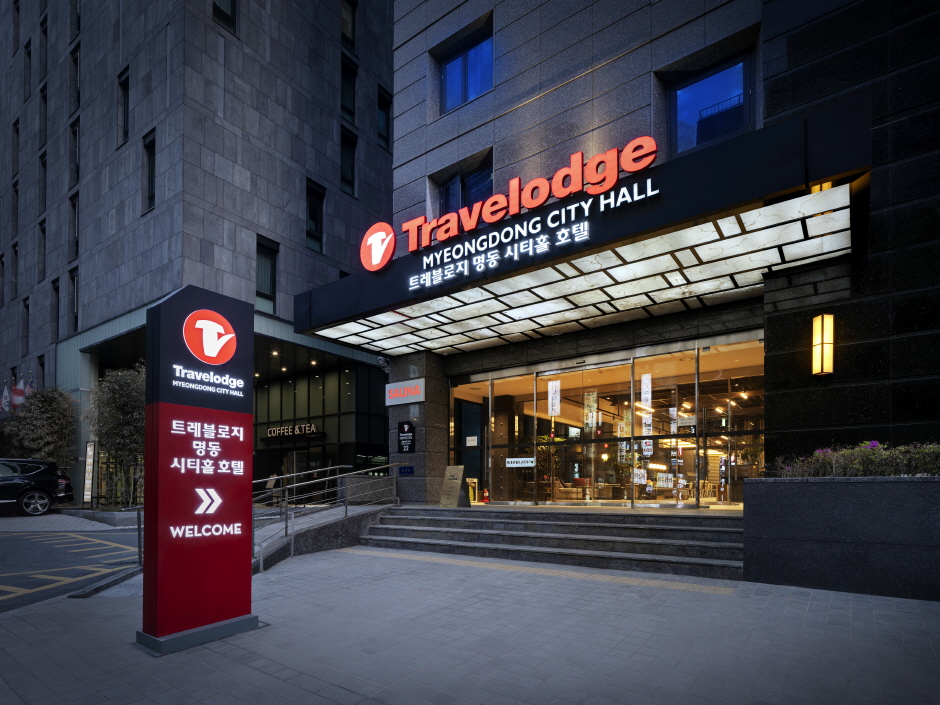



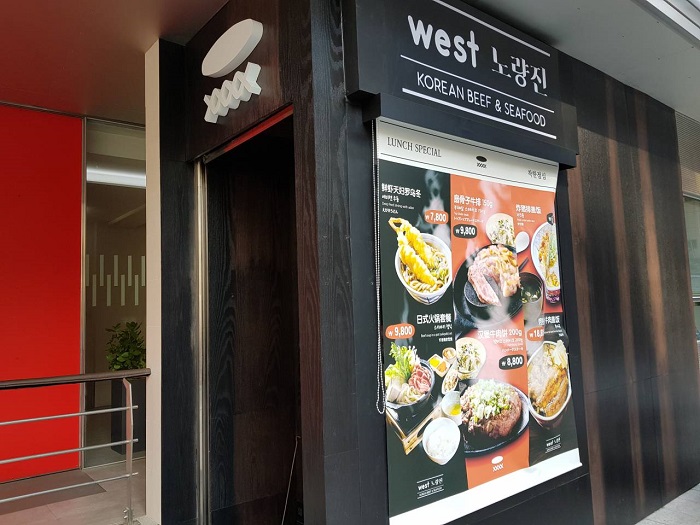

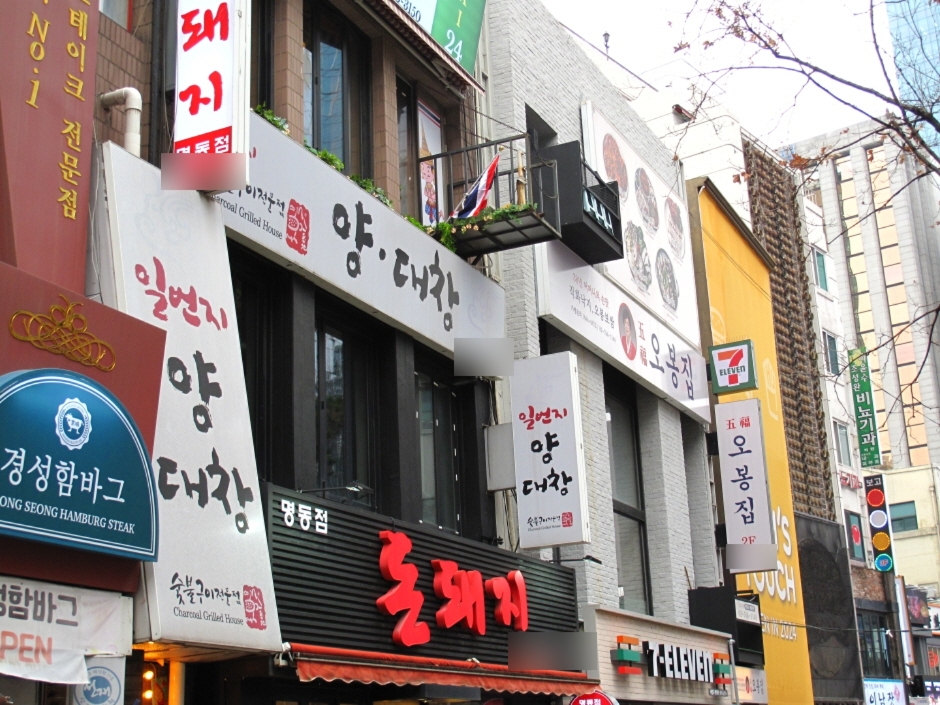
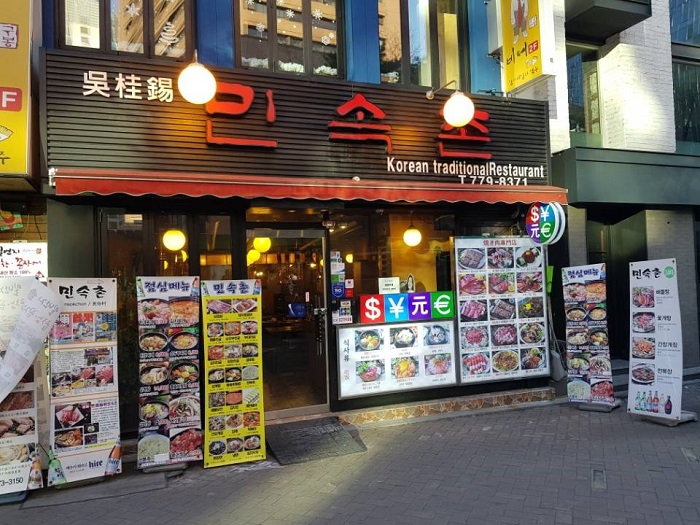
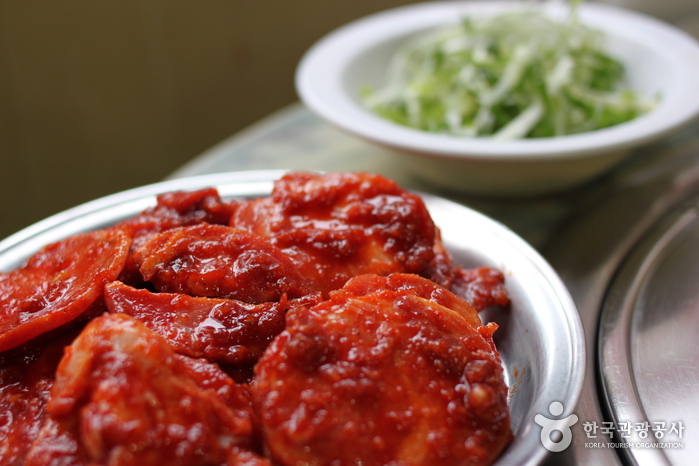
 English
English
 한국어
한국어 日本語
日本語 中文(简体)
中文(简体) Deutsch
Deutsch Français
Français Español
Español Русский
Русский